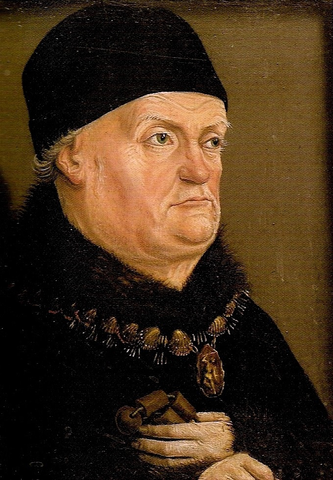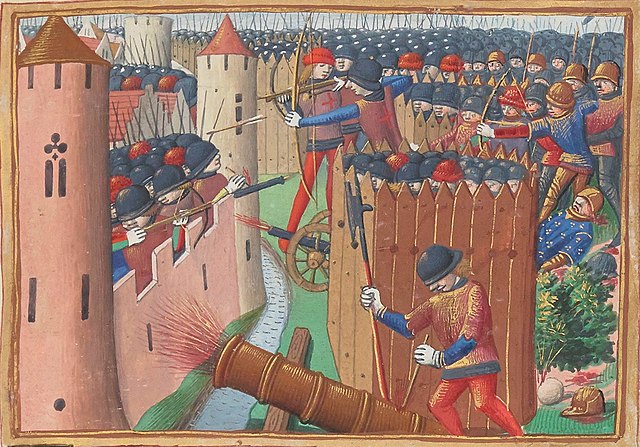I was wondering if people had any thoughts on how I should divide my focus with the timeline. Should I keep it tight, to the Anglo-French and focused on events that are connected to it exclusively, or should I continue with the occasional far-off view on events across the world?
I was also wondering what people thought of the more detailed updates where I include stuff on the financial situation and the like. This has mostly been the case with some of the French updates, where I have found really interesting sources that are very detailed - but I am unsure if people find it too nitty gritty.
Why not alternate and have some detailed updates and some overview updates? BTW, PM Baselius444 for more information on this time period; his TL, An Age of Miracles, is set during this period and beyond...












